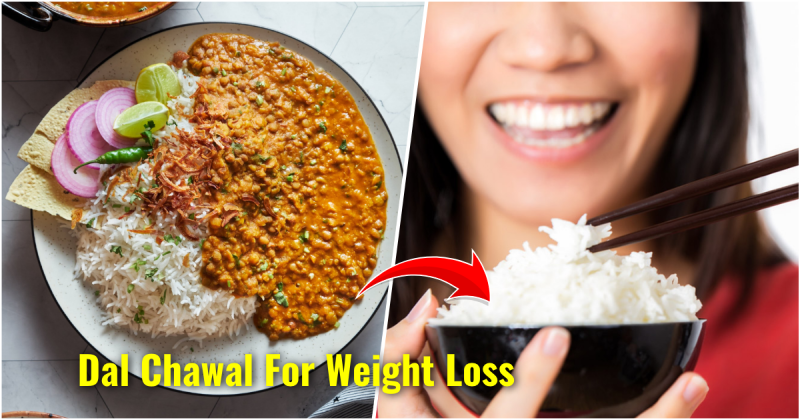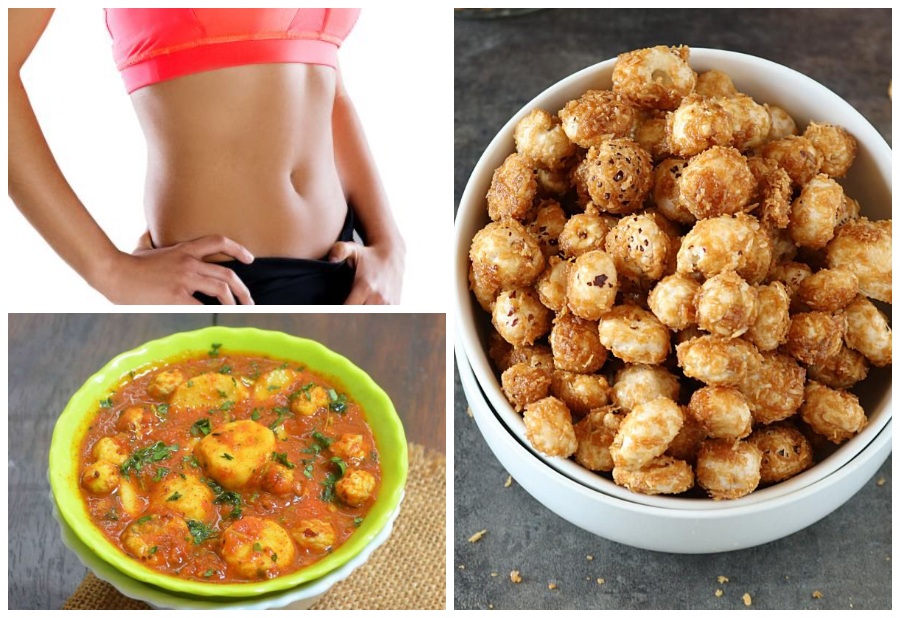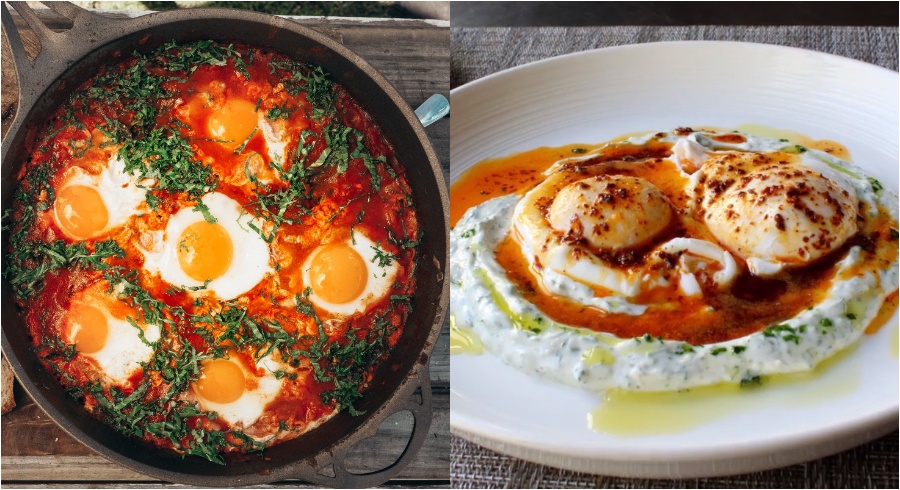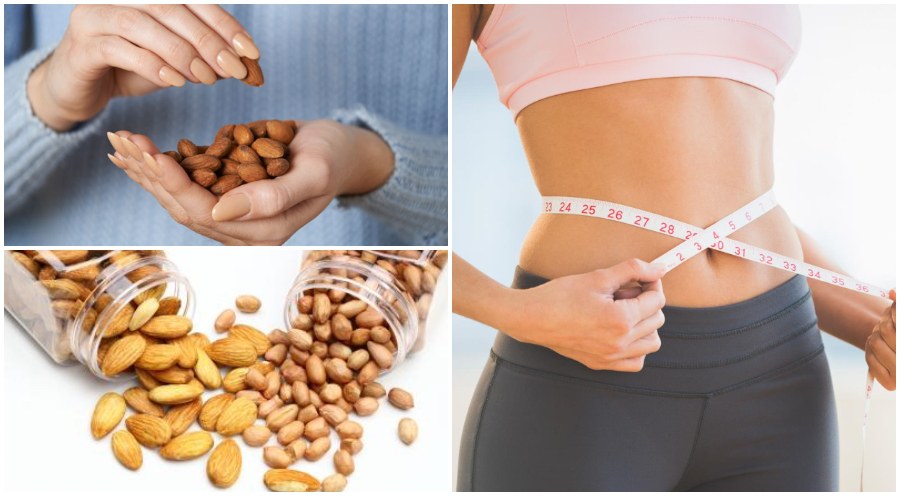We Indians love our dal and we love our chawal – and for us, dal-chawal is an emotion! Dal-chawal is a staple food in Indian households – it’s a simple, wholesome, and affordable meal that is easy to prepare, requires minimal ingredients, and ranks high on taste factor as well. For people living far away from home, it evokes nostalgia since it’s typical “ghar ka khana.” Talking about nutrients, you get carbs from chawal and dal is a good source of protein for vegetarians. Dal, which is made from lentils, also has fiber, vitamins, and minerals. So, since dal-chawal is an important part of our daily diet, are you willing to give up on this wholesome food while trying to lose weight? We ask this because carbs are the new “fat” in new fad diets and such diet programs vilify carbs without bothering to educate people about the difference between refined carbs and complex carbs. Rice, in particular, with its high carb content, is considered fattening. All types of rice contain carbohydrates, however, white rice that has undergone extensive polishing, gets stripped of its nutrients (fiber, vitamins, minerals), through removal of outer layer (bran and germ), which means it has a high glycemic index, gets quickly digested and spikes up blood sugar level. Eating foods with a high glycemic index has been linked to an increased risk of obesity and type 2 diabetes. Therefore, compared to other types of rice, white rice could be considered as having more “empty calories” because it provides calories without significant amounts of other essential nutrients. However, this doesn’t mean that white rice has no nutritional value at all, and it can still be part of a balanced diet, but when trying to lose weight, experts recommend to make space for nutrient-dense foods in place of the ones with empty calories. So, switching to rice varieties that are low in calories and glycemic index, and have fiber and other nutrients intact, would be a good idea. In this article, we list out some of the best rice options for weight loss.


1. Brown Rice: Brown rice is considered a better option for white rice due to its lower glycemic index and high fiber content. One cup of cooked brown rice contains about 3.5 grams of fiber, compared to 0.6 grams of fiber in one cup of cooked white rice, and that’s a big difference! Also, since fiber is intact in brown rice, it keeps you fuller for longer, keeps appetite in check, and will not lead to frequent hunger pangs.
2. Matta Rice: Matta rice, is a variety of red rice, that is popular in South India. It is an unpolished variety of rice which retains its outer bran and germ layer which means, it’s a good source of fiber (3.5 gm/100 gm), vitamins, and minerals. Also, it has a lower glycemic index than white rice. Just like brown rice, matta rice also keeps you fuller for longer and does not cause sharp jump in blood sugar, helping to keep a check on appetite. Also read: “32 Fiber Rich Food Items for Weight Loss.”
3. Black Rice: We bet you have seen packets of black rice stocked up in supermarket aisles alongside other healthy options like millets. Also, called “chak-hao” in Manipur where it is popularly consumed, it is known for its medicinal properties. Black rice gets its color due to the presence of anthocyanins, a type of antioxidant, that reduces the risk of chronic diseases such as diabetes, heart disease, and lowers inflammation. Anthocyanins have also been found to have anti-obesity properties. Apart from antioxidants, black rice also has iron, zinc, potassium, that boost metabolism. Did we also mention that it has a lower glycemic index than white rice and has high fiber content. Check this out – in half a cup of black rice, you can get 2.3 grams of fiber and also 4.5 grams of protein. It also contains resistant starch, which is a type of fiber that can help to feed the healthy bacteria in the gut and improve digestive health.
4. Samak ke Chawal: It’s a gluten-free millet, also called Barnyard millet, which gets cooked easily and you can completely replace white chawal with samak chawal – whether it’s to make khichdi or pulao. It’s popularly eaten during fasting during Navratri. It has the highest fiber content among millets, with about 6-8 grams of fiber per 100 grams of uncooked millet, and that makes it ideal for people who want to lose weight through a healthy diet. Barnyard millet is high in nutrients such as potassium, magnesium, calcium, and also vitamin B, all of which boost metabolism and the fiber keeps appetite in check. Also read: “Kutki and Other Amazing Millets for Weight Loss.”
Overall, do remember that it’s important to practice portion control with the healthiest of foods, even with ones mentioned above, to maintain a calorie deficit, so that the body reaches out to stored fat for its energy needs. “Dal-chawal” should be consumed as part of a healthy and balanced diet, and make sure you are in calorie deficit. Most importantly, if weight loss is on your mind, do check out the diet plans on the Rati Beauty app to lose weight successfully.

Kutki and Other Amazing Millets for Weight Loss
32 Fiber Rich Food Items for Weight Loss





